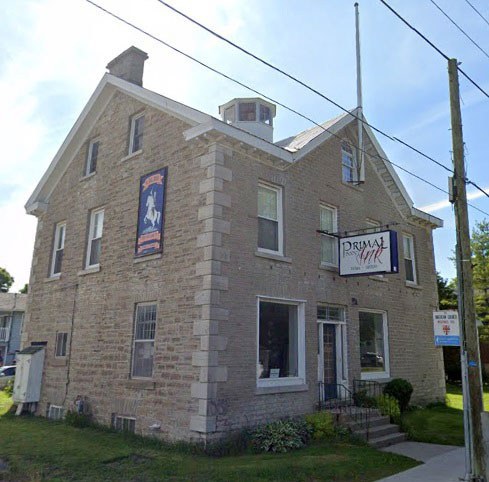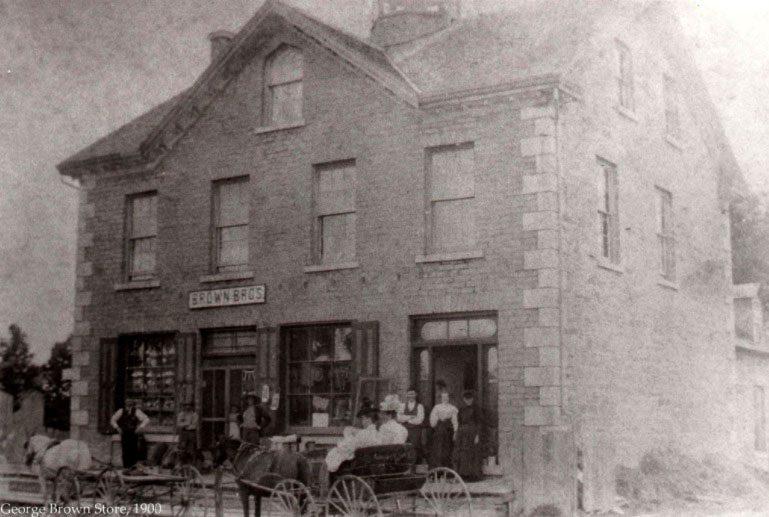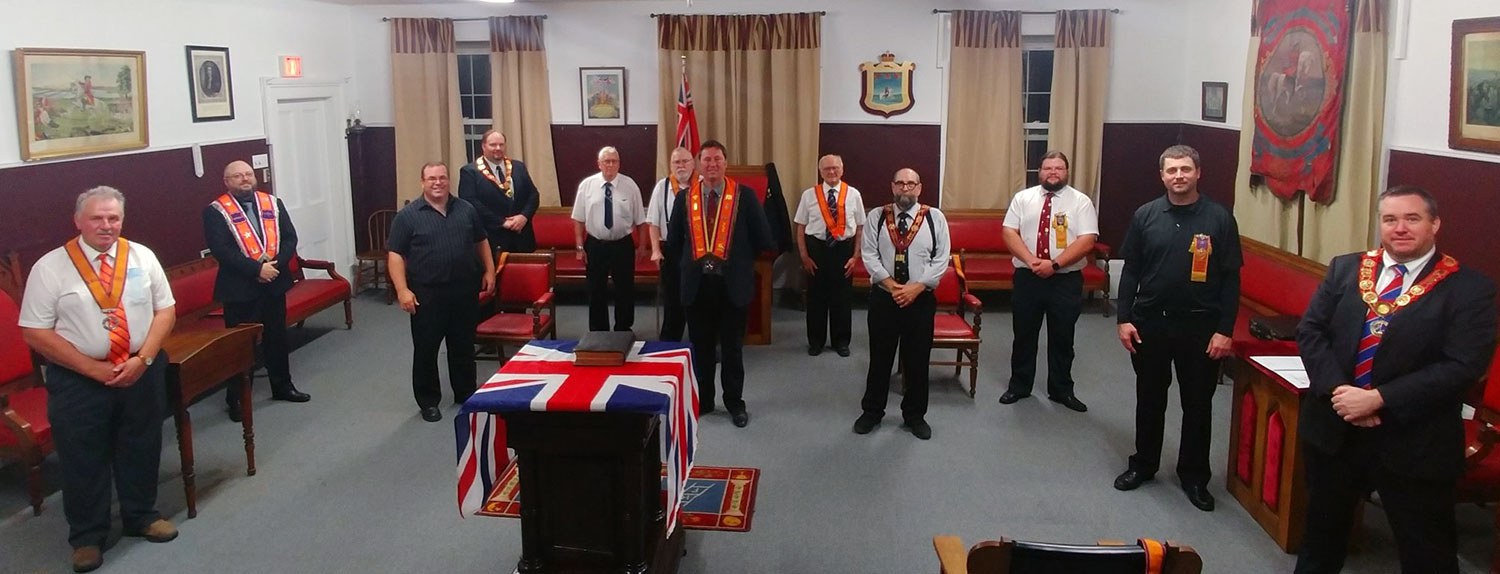Richmond Loyal Orange LodgeDigital Doors Open Ottawa
New
- Digital Doors Open
- Virtual tours
The building that houses the Richmond Loyal Orange Lodge was constructed in the mid-19th century when commercial traffic on McBean Street was at its height and the village was bustling. George Brown, a former village reeve, operated a store here in the 1860s. In 1905, the building became the location of the first bank in the village, the Bank of Ottawa. To accommodate the bank’s vault, the right-hand door, which had provided access to the upper levels, was removed and a new entrance was placed on the north side of the building. In 1923, members of Loyal Orange Lodge (#151) purchased the building. Since then, the upper floors have been used for lodge meetings and social gatherings. For a few months in 1924, public school classes were held on the second floor because the school had been destroyed by fire. The upper floors continue to be the site of Lodge meetings and social gatherings, while the first floor has been used for a variety of purposes. At present, it is a tattoo parlour. Constructed by local stone mason James Scott, the building displays most of the general features of classical revival architecture, including a gable roof, quoins (or cornerstones), returned eaves and general symmetry. This stone building also has a full basement, and the exterior walls are 61 centimetres (two feet) thick. An ogee window, with its pointed arched top, is located in the central dormer. A wooden, octagonal cupola is centred on the roof – a common architectural detail of the time. As part of Digital Doors Open, enjoy this virtual tour and explore this unique site.
The building that houses the Richmond Loyal Orange Lodge was constructed in the mid-19th century when commercial traffic on McBean Street was at its height and the village was bustling. George Brown, a former village reeve, operated a store here in the 1860s. In 1905, the building became the location of the first bank in the village, the Bank of Ottawa. To accommodate the bank’s vault, the right-hand door, which had provided access to the upper levels, was removed and a new entrance was placed on the north side of the building. In 1923, members of Loyal Orange Lodge (#151) purchased the building. Since then, the upper floors have been used for lodge meetings and social gatherings. For a few months in 1924, public school classes were held on the second floor because the school had been destroyed by fire. The upper floors continue to be the site of Lodge meetings and social gatherings, while the first floor has been used for a variety of purposes. At present, it is a tattoo parlour. Constructed by local stone mason James Scott, the building displays most of the general features of classical revival architecture, including a gable roof, quoins (or cornerstones), returned eaves and general symmetry. This stone building also has a full basement, and the exterior walls are 61 centimetres (two feet) thick. An ogee window, with its pointed arched top, is located in the central dormer. A wooden, octagonal cupola is centred on the roof – a common architectural detail of the time. As part of Digital Doors Open, enjoy this virtual tour and explore this unique site.
Contact info
3550 McBean StreetRichmond, Ontario
http://www.richmondheritage.ca/index.php/george-brownbankorange-lodge-building/
Architecture
Architect: James Scott
Dates/hours open
Jan 01, 10:00am - Dec 31, 04:00pmPart of Digital Doors Open Ottawa


